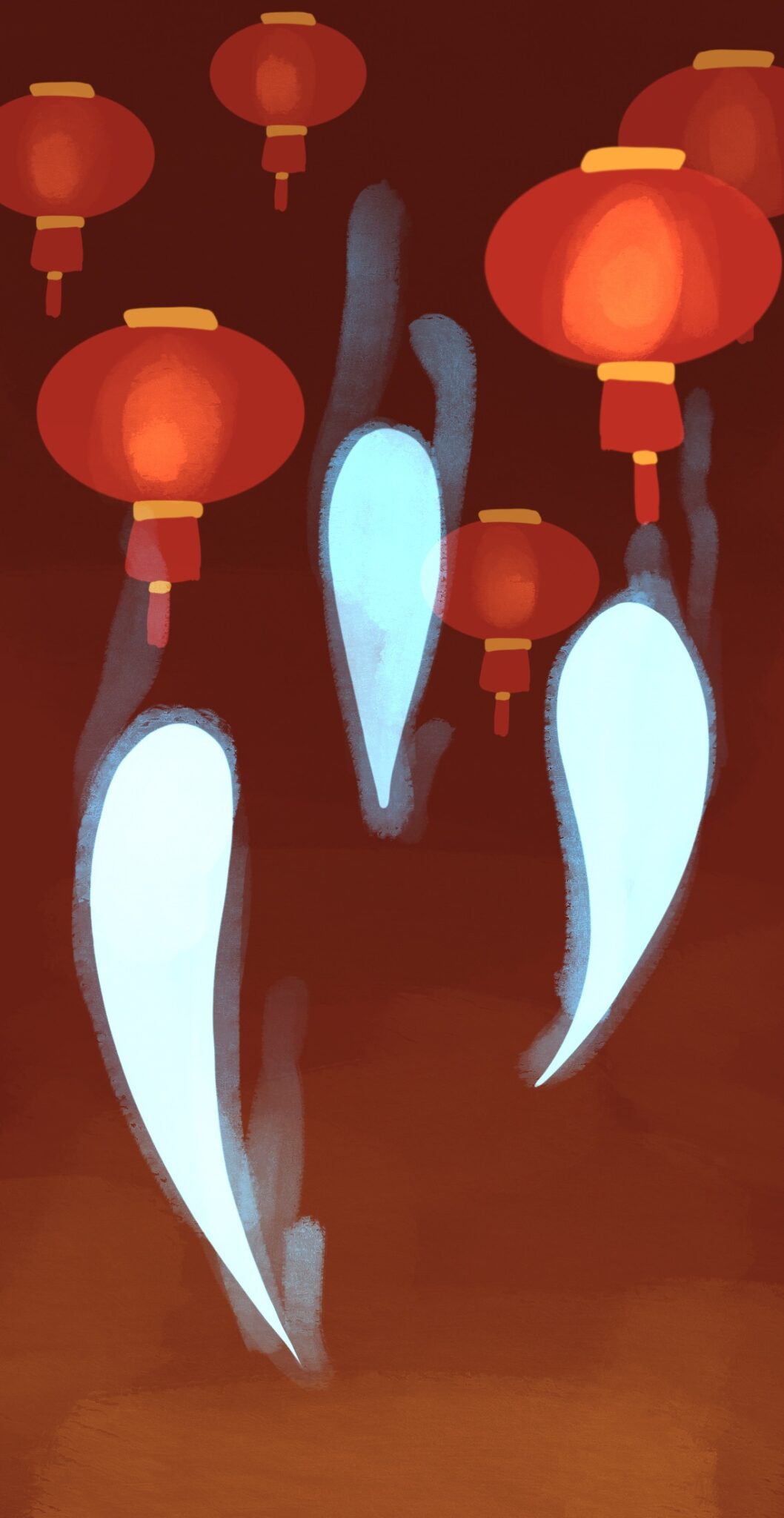
Ariane de Gennaro
Seeing reports of violence committed against Asian bodies used to feel like a violent splash of cold water to the face. The same cold water now feels lukewarm, having lost its initial bite and burn: the violence and murder of Asian/American bodies is anything but surprising at this point. The shootings at Monterey Park and Half Moon Bay have shown that safety has never been a guarantee.
Tragedy has become a familiar face in the news for the Asian/American community: so familiar that when I scroll by the frequent NextShark Instagram posts reporting on yet another act of hatred towards Asian/Americans, my thumb does not stop.
Somewhere in the past three years, I guess I just trained my eyes and fingers to simply move on. If there’s anything that the ephemeral stories and unceasing content on Instagram have taught me, it’s that time is merciless and unrelenting.
Maybe that’s why when I saw the New York Times push-notification on Sunday morning, I wordlessly put my phone down and continued with my readings.
On Sunday evening, members of the Asian American Students Alliance met to hold a reflective space for the events of that morning. From the room next to us, we heard the loud cheers of a Lunar New Year celebration. As the noise of festivities merged with mournful silence, I came face-to-face with a complicated question: how do we properly remember and commemorate tragedy in a world that keeps revolving?
As I sat wordlessly wiping tears off my face, a horrific realization dawned upon me. For so long, I had stored my sorrow in tightly-sealed memory compartments, careful so as not to make any residual grief seep out. Running off to Zoom meetings and completing homework assignments, I learned to ignore and even forget the world around me. There was simply not enough time to grapple with what seemed like a never-ending amount of mourning, and the only alternative was to close my eyes to it all.
I granted myself the privilege of living in a noiseless fantasy of “normalcy,” even as anti-Asian hate and violence continues to violently ripple and destroy the lives of many Asian/Americans.
Was I leaving behind the ghosts of my Asian/American brothers and sisters? Like the rest of the world, was I forgetting the tragedies and atrocities all too soon? Was I even allowed to gleefully celebrate Lunar New Year, like my counterparts in the other room, when those in Monterey Park had their festivities so cruelly taken away from them? Why did experiencing joy feel sacrilege?
Dear reader, it’s easy for this thinking to further perpetuate violence and sorrow against our own community. When sorrow seems to be omnipresent and suffering incessant, it often feels necessary for us to live as containers of grief: to withhold the laughter that the departed can no longer express, to shed continual tears for those who we’ve permanently lost. This only damns us to eternal mourning, creating ghosts out of our own selves who are unable to escape the past. In striving for justice, both for those who are with us and those who are not, we must imagine and actualize a future without violence. This vision is realized through our capacity to experience joy — to define Asian/American experiences as more than just the habitual and persistent violence committed to Asian bodies. In a world where violence seems ceaseless, we must ensure that this cycle of grief is not.
The world keeps revolving. Yet, maybe this is an act of both cruelty and grace.
A new day begins, and we laugh, then cry, then laugh again. Of course, this doesn’t mean we should turn a blind eye to the suffering around us, as I had done. It means that the processes of healing can and must be more than blissful ignorance and perpetual mourning. In the face of violence that hopes to destroy communities and instill fear, the joyful moments we have work as a direct counter.
Our individual journeys in coping with these events are neither one-directional or synchronous. Even now, my heart stills in fear whenever someone mentions the Atlanta shootings. Yet, we can nurse the sorrows in our heart while simultaneously dreaming of better futures.
Our existence is not a self-fulfilling prophecy of continued violence and oppression. We are infinitely more than the hate that mars our bodies and breaks our skin. As I dance with my Asian grandparents and make rice cake soups with my mom, I am actively creating and shaping my definition of the Asian/American experience. To me, joy is a radical resistance.
After the AASA debrief, a few of us gathered in the kitchen to cook homemade dinner for Lunar New Year celebrations. As the smell of steamed dumplings and sound of lively conversation filled the kitchen of the AACC, I held the victims of Monterey Park close to my heart, with joy, sorrow and resistance.







